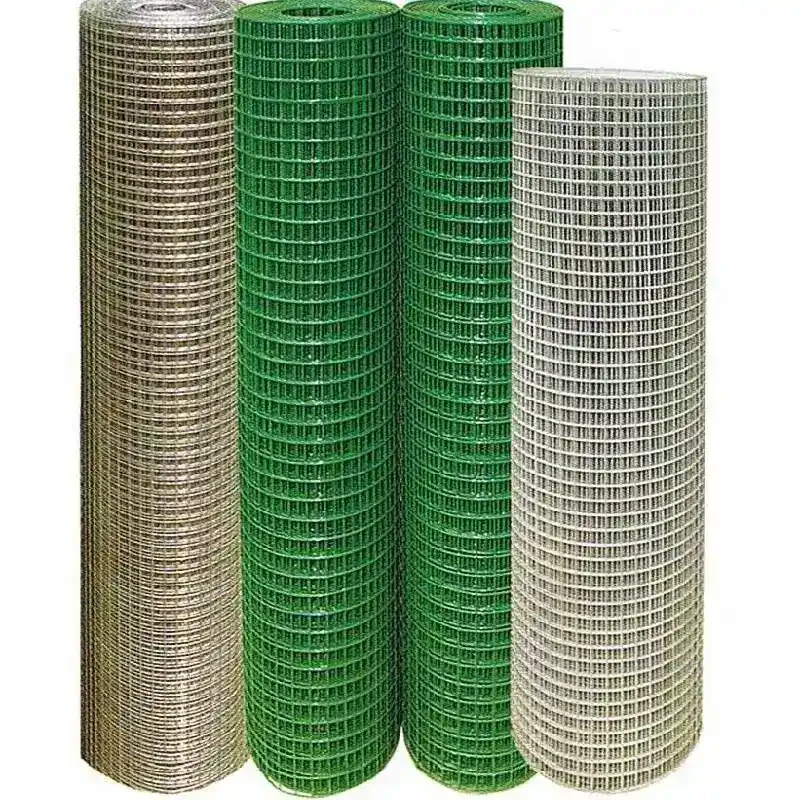
- Mobile Phone
- +8613931874955
- sales@cntcmetal.com
Understanding Frame Ties in Brickwork for Structural Stability and Support
Understanding Frame Ties for Brickwork
Brickwork is renowned for its aesthetic appeal, durability, and ability to withstand harsh weather. However, the integrity of a brick structure relies not only on the quality of materials but also on the proper implementation of construction practices. One critical element in ensuring the stability of brickwork is the use of frame ties.
What are Frame Ties?
Frame ties, often referred to as wall ties or brick ties, are essential components used in brickwork to connect the brick walls to the structural frame of a building. These metal ties play a significant role in ensuring that the brickwork remains intact and securely attached to the frame, contributing to the overall stability and safety of the structure.
Frame ties come in various forms, including flexible ties, rigid ties, and adjustable ties, made from different materials like stainless steel and galvanized steel. The choice of tie depends on various factors, including wall thickness, the height of the structure, and environmental conditions.
The Importance of Frame Ties
The primary purpose of frame ties is to hold the brickwork together and to the building's frame. They help to counteract the lateral forces that may exert pressure on the walls due to wind, seismic activity, or other structural loads. When not adequately installed, brick walls can detach from the frame, leading to cracking, structural failure, and potential safety hazards.
Additionally, frame ties aid in reducing the risk of water ingress. Properly tied brickwork can minimize the chances of moisture penetrating the walls, which can damage both the brick and the internal structure of the building. This is particularly important in areas with high rainfall or humidity, where water infiltration can quickly lead to significant structural issues.
frame ties for brickwork

Installation Guidelines
The installation of frame ties is a critical process that should follow specific guidelines to ensure their efficacy. Ties must be installed at appropriate intervals, typically every 600 mm to 900 mm vertically and every 450 mm to 600 mm horizontally, depending on the design of the building and the type of ties used.
Ties should also be installed in the mortar joints of the brickwork at a height that prevents them from being exposed to potential damage, such as impact from falling objects or other environmental factors. It is essential that the ties are fixed accurately to the frame, with consideration given to the overall alignment and plumb of the brick walls.
Furthermore, the materials used for frame ties must be appropriate for the environmental conditions. For example, in coastal regions where corrosion is a concern, stainless steel ties are advisable due to their resistance to rust and degradation.
Compliance with Building Codes
In many regions, the use of frame ties in brickwork is mandated by building codes and regulations. These codes outline specific requirements for the type and spacing of ties, ensuring that all brick structures meet safety standards. Builders and contractors should familiarize themselves with local regulations to ensure their construction practices comply with established safety guidelines.
Conclusion
Frame ties are a crucial element in brickwork construction, providing stability, safety, and durability. Their proper selection and installation are vital to maintaining the integrity of a brick structure. By understanding the importance of frame ties, builders can enhance the strength of their constructions and ensure that they stand the test of time. As the industry continues to evolve, ongoing education and adherence to best practices will remain essential to the successful implementation of frame ties in brickwork. With the right approach, builders can create structures that are not only visually appealing but also resilient and secure.
share:
-
Understanding Wall Ties: Types and ImportanceNewsApr.28,2025
-
Top Products for Your Yard and Signage NeedsNewsApr.28,2025
-
The World of SpringsNewsApr.28,2025
-
Masonry Accessories: Essential for Building Strong FoundationsNewsApr.28,2025
-
Fencing Solutions for Every NeedNewsApr.28,2025
-
A Comprehensive Guide to Iron Wire for Your Construction NeedsNewsApr.28,2025
-
The Versatility of Wire Tension SpringsNewsApr.16,2025



















